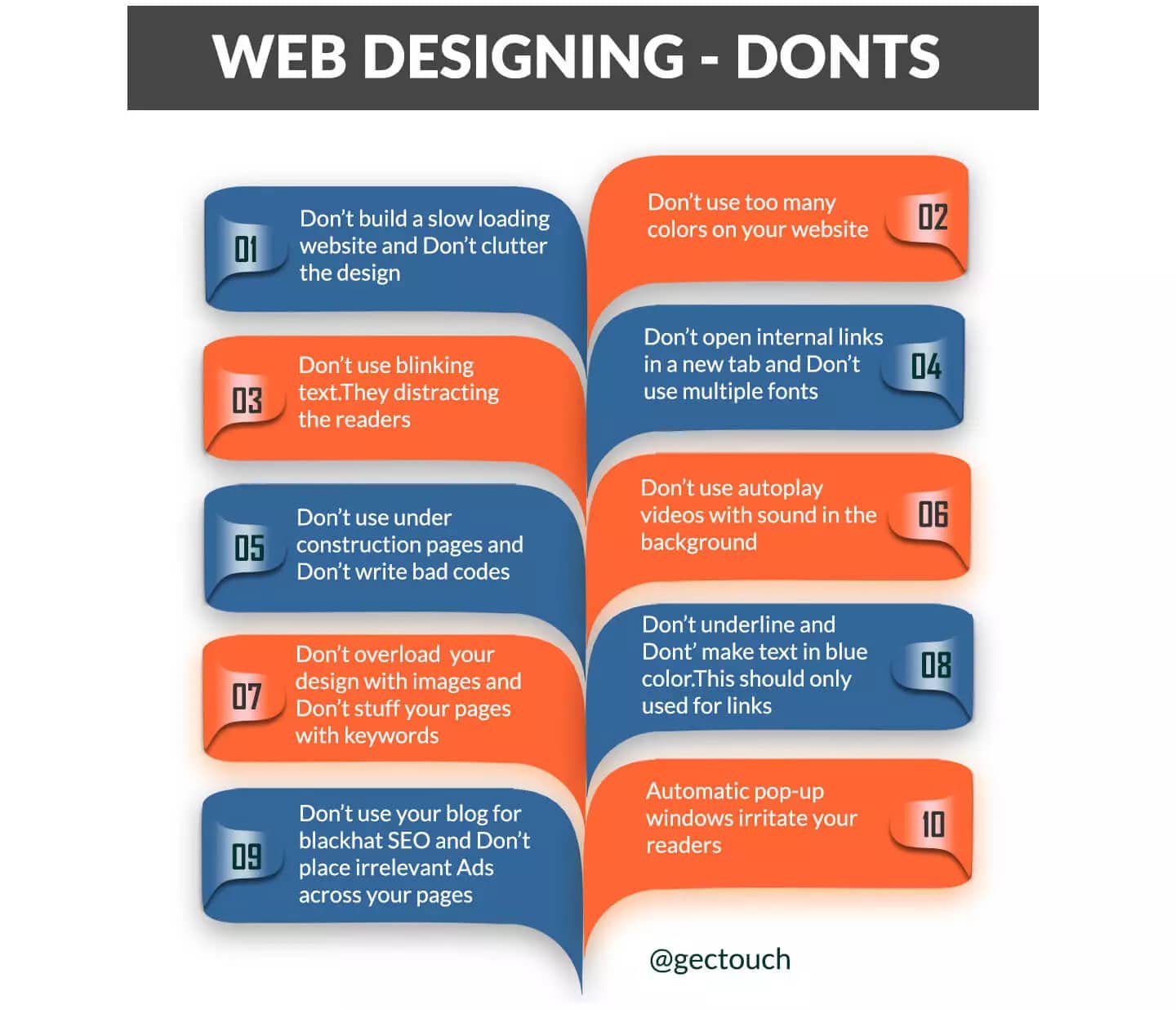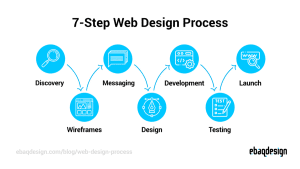7 Steps of Web Development: A Comprehensive Guide
Web development is the process of designing and building websites. It is a complex process that requires technical skills, creativity, and attention to detail. In this article, we will discuss the 7 steps of web development that every web developer should follow to create a successful website.
Step 1: Planning
The first step in web development is planning. This step involves defining the goals of the website, identifying the target audience, and creating a plan for the website’s content and functionality. During the planning phase, web developers work closely with clients to understand their business needs and requirements.
Key factors to consider during the planning phase:
- Target audience
- Website goals and objectives
- Content requirements
- Functionality requirements
- Technical requirements
- Project timeline and budget
Step 2: Design
Once the planning phase is complete, the next step is to design the website. This step involves creating a visual representation of the website’s layout, color scheme, and typography. The design should be visually appealing and user-friendly, with a clear navigation structure and intuitive interface.
Key factors to consider during the design phase:
- Website layout and structure
- Color scheme and typography
- Navigation structure
- User interface
- Visual elements (e.g. images, videos, icons)
- Responsive design for mobile devices
Step 3: Content Development
Once the website design is complete, the next step is to develop the content. This step involves creating the written and visual content that will appear on the website. The content should be engaging, informative, and optimized for search engines.
Key factors to consider during the content development phase:
- Website copywriting
- Visual content creation (e.g. images, videos)
- Search engine optimization (SEO)
- Accessibility for users with disabilities
- Brand messaging and tone of voice
- Consistency across all pages
Step 4: Development
The development phase is where the website is built. This step involves writing the code that will bring the website design and content to life. Web developers use programming languages such as HTML, CSS, and JavaScript to create the website’s structure and functionality.
Key factors to consider during the development phase:
- Website structure and functionality
- Programming languages and frameworks
- Database design and implementation
- Website security
- Testing and debugging
- Version control and project management
Step 5: Testing and Quality Assurance
Once the website is built, the next step is to test it to ensure that it functions as intended. This step involves testing the website’s functionality, compatibility, and performance. Quality assurance is also important to ensure that the website meets the client’s requirements and industry standards.
Key factors to consider during the testing and quality assurance phase:
- Website functionality
- Compatibility with different devices and browsers
- Performance optimization
- Bug tracking and resolution
- Usability testing
- Quality assurance to ensure compliance with industry standards and client requirements
Step 6: Launch
Once the website has been tested and approved, the next step is to launch it. This step involves deploying the website to a live server where it can be accessed by users. The launch process also involves setting up website analytics and tracking tools to measure website performance and user behavior. For website development see here.
Key factors to consider during the launch phase:
- Website deployment to live server
- Setting up website analytics and tracking tools
- Ensuring website is optimized for search engines and social media
- Creating a backup and disaster recovery plan
- Establishing ongoing website maintenance and support
Step 7: Ongoing Maintenance and Support
The final step in web development is ongoing maintenance and support. This step involves monitoring the website for issues, updating content and functionality, and providing technical support to users. Ongoing maintenance and support are critical to ensure that the website remains functional and up-to-date.
Key factors to consider during the maintenance and support phase:
- Monitoring website performance and security
- Updating website content and functionality
- Providing technical support to users
- Ensuring website compliance with industry standards and regulations
- Continuously improving website performance and user experience
Conclusion
Web development is a complex process that involves several steps, from planning to ongoing maintenance and support. Each step is important to ensure that the website meets the client’s requirements and industry standards. By following these 7 steps, web developers can create successful websites that are visually appealing, user-friendly, and optimized for search engines and social media. Remember that ongoing maintenance and support are critical to ensure that the website remains functional and up-to-date.





